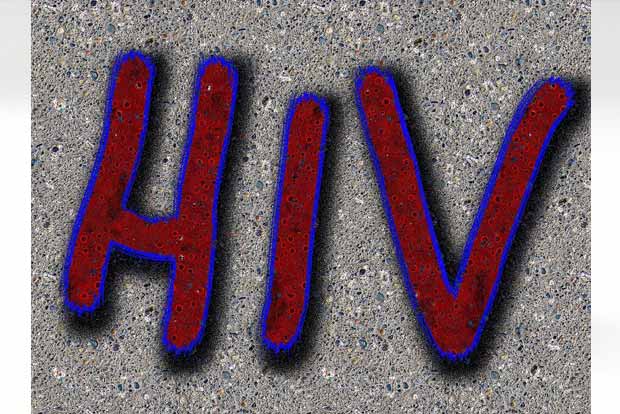Begin typing your search...
Study to understand reservoir of HIV infection in body
Scientists have now developed a method that for the first time allows these specific immune cells to be genetically manipulated under physiological conditions in an efficient and uncomplicated manner. The research has been published in the 'Nature Methods Journal'.

Washington
The research was led by Prof. Oliver T. Keppler from the Max von Pettenkofer Institute at LMU. Resting CD4+ T cells had been scarcely amenable to genetic manipulations, because the available methods generally presuppose dividing cells, as Keppler explained.
"And resting cells do not divide by definition," he said As the first step in the development of the new method, the team of scientists optimized the cultivation conditions. As a result, the researchers were able to keep these cells alive in the laboratory after extracting them from the blood of healthy donors not just for 3-4 days as before, but for up to six weeks. The decisive progress came with an advance in nucleofection, a special method that allows reagents to be delivered into the nucleus of a cell. Using this technique, the researchers introduced the genetic scissors CRISPR-Cas into resting CD4+ T cells, enabling them to make targeted modifications to the genome of the host cells -- for example, by eliminating genes by means of so-called knockouts.
"This combination worked very efficiently, and we were able to reach and genetically manipulate around 98 per cent of the cells. Moreover, we did this without activating the CD4+ T cells," said Keppler. "What was particularly exciting was that we were able to eliminate up to six genes simultaneously with high efficiency by means of a single nucleofection. Nobody had managed to do that in primary cells before -- and we did it with cells isolated from an intact organ," he added.
In the future, the researchers will thus be able to eliminate individual genes and whole signalling pathways and analyze their functions. By knocking out the corresponding genes, they have already managed to clarify whether four previously controversial cellular factors play a role in infection with HIV or not. On top of this, they pursued a second "knock-in" approach, whereby additional or slightly modified genes are inserted, such as a gene for green fluorescent protein (GFP). With the help of this protein, researchers can analyze how the activity of a target gene changes under certain conditions, or they can mark specific proteins.
"All these things together give us the opportunity for the first time to investigate the interaction of HIV with human resting CD4+ T cells under physiological conditions," explained Adrian Ruhle, co-lead author of the study. "But we can also investigate these cells better in their general role as immune cells beyond HIV," Ruhle added.
In the long term, the researchers hope that having a better understanding of the biology of these cells will lead to new approaches for the total elimination of HIV from the bodies of patients, as there are still around 37 million people worldwide infected with the virus.
Visit news.dtnext.in to explore our interactive epaper!
Download the DT Next app for more exciting features!
Click here for iOS
Click here for Android
Next Story



